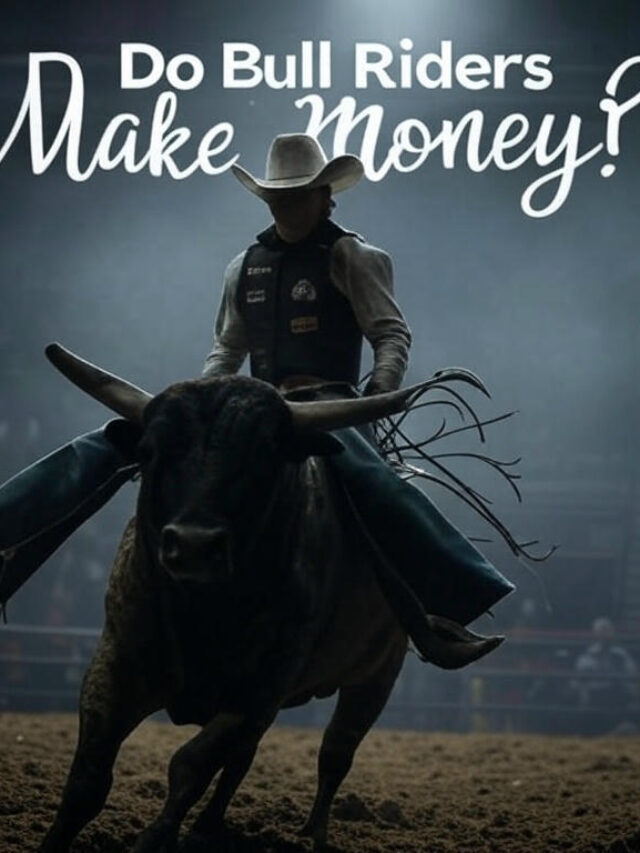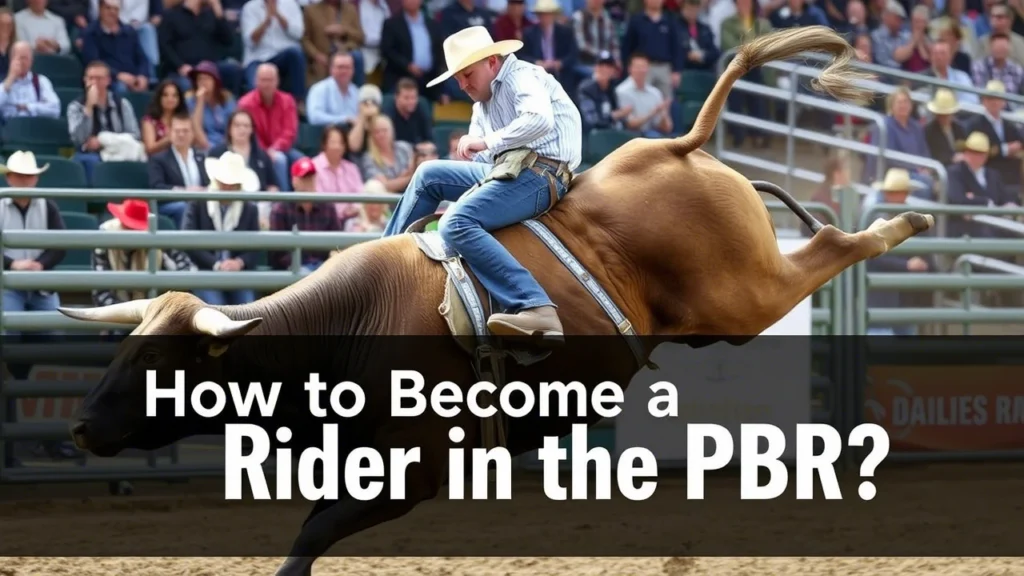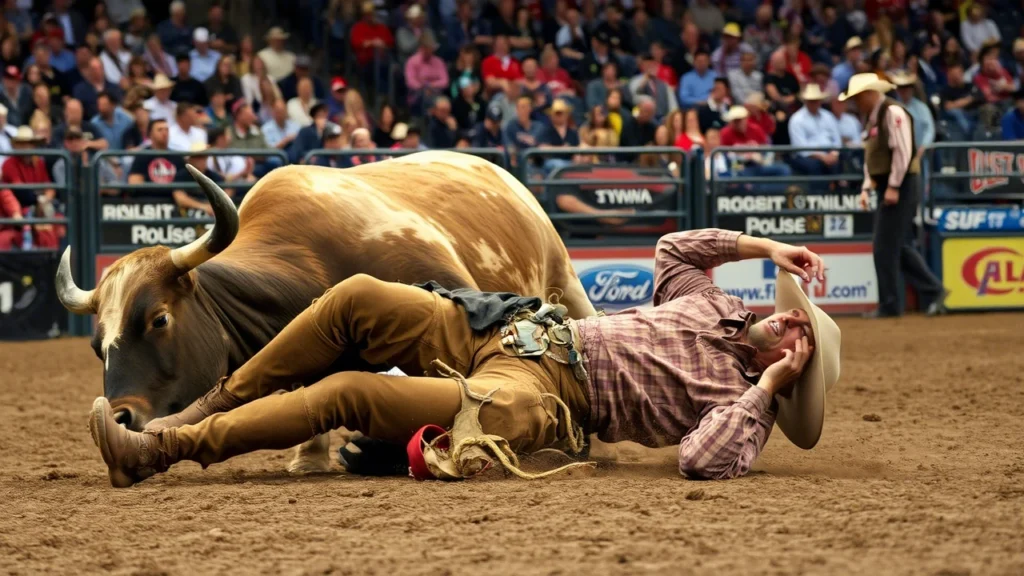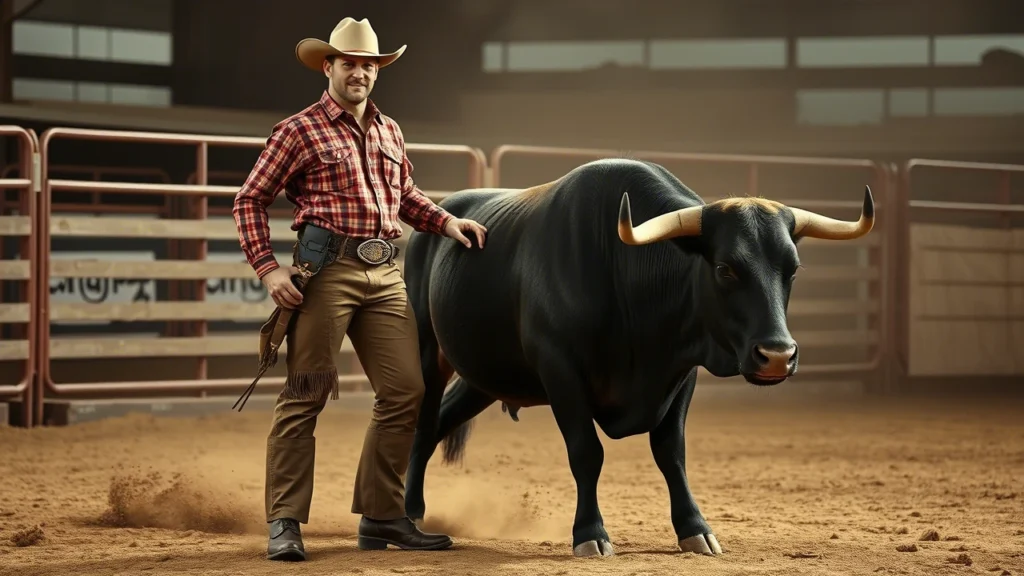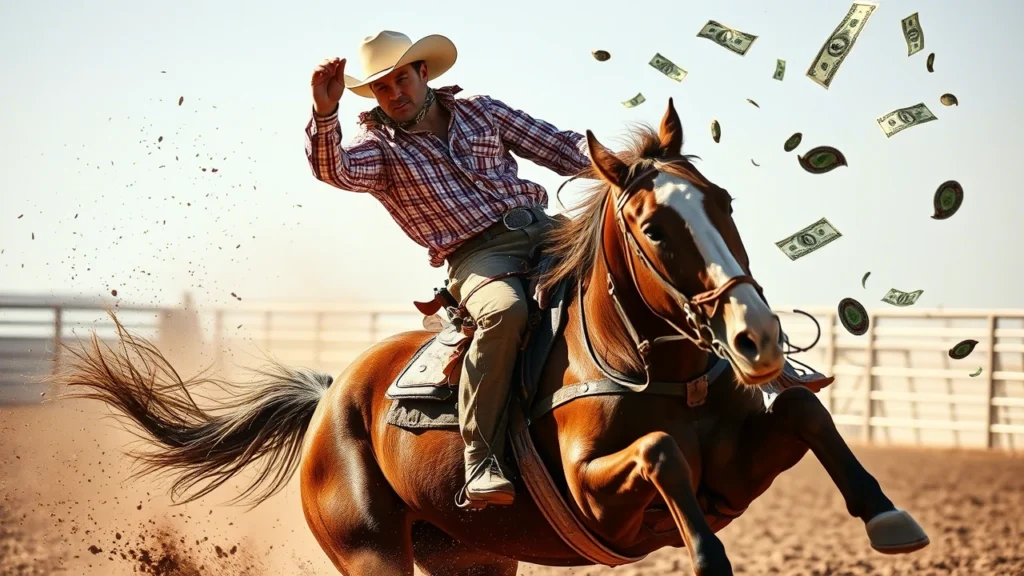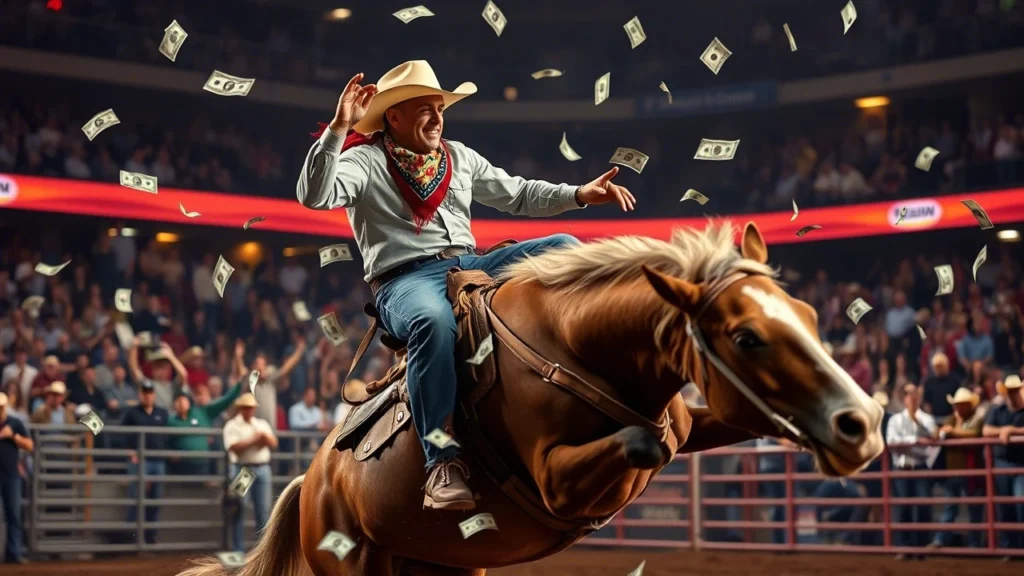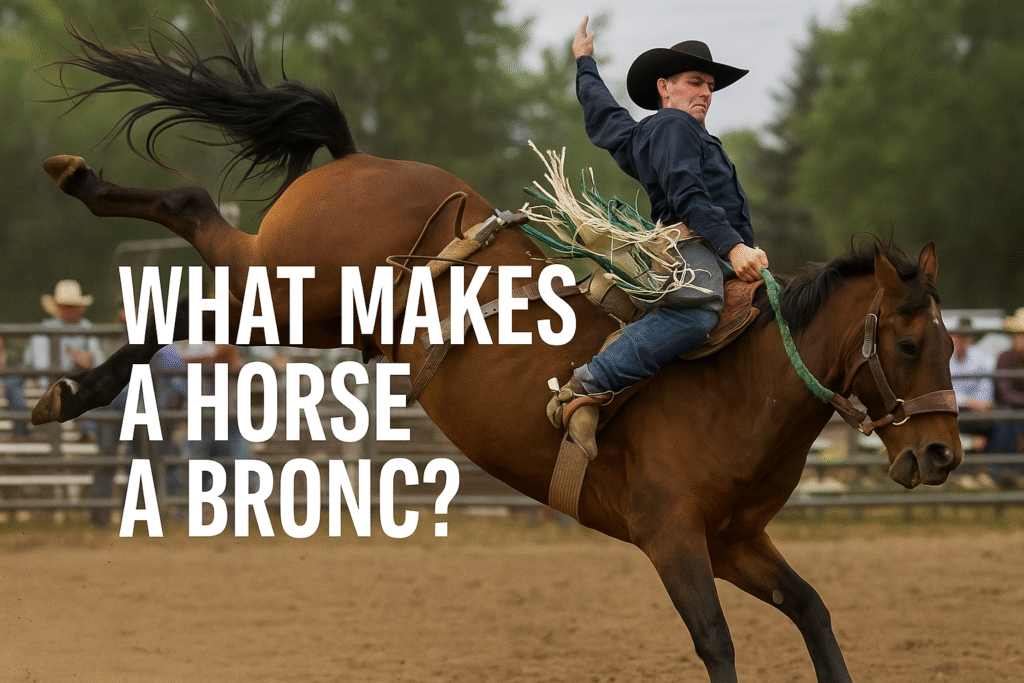Bull riding is an exciting but very dangerous sport. With high risks come potential rewards, but many people wonder: Do bull riders make money? The answer is yes, but earnings vary widely depending on skill level, competition rankings, sponsorships, and event participation.
In this article, we break down the income sources of bull riders, average earnings, sponsorship deals, and prize money distributions to give you a clear picture of how these athletes make a living.
Table of Contents
How Do Bull Riders Make Money?
Bull riders earn money through several streams, including:
- Prize Money from Competitions – Riders compete in professional events like the Professional Bull Riders (PBR) circuit and Professional Rodeo Cowboys Association (PRCA) for cash prizes.
- Sponsorships and Endorsements – Successful bull riders partner with brands to promote apparel, gear, and energy drinks.
- Merchandise Sales – Some riders create personal brands, selling t-shirts, hats, and accessories.
- Appearance Fees & Public Speaking – Top-tier riders can earn money by making appearances at events and speaking engagements.
- Social Media & Content Creation – Some bull riders generate revenue through YouTube, TikTok, and Instagram by sharing behind-the-scenes content.
How Much Do Professional Bull Riders Earn?
The amount a bull rider makes depends on performance, ranking, and competition participation. Here’s a breakdown of earnings in professional bull riding:
| Category | Annual Earnings | Notes |
|---|---|---|
| Top 10 PBR Riders | $500,000 – $1.5M+ | Includes prize money and sponsorships |
| Mid-Level Riders | $50,000 – $250,000 | Earnings fluctuate based on placements |
| Entry-Level Riders | $10,000 – $40,000 | May struggle without sponsorships |
| Part-Time Rodeo Riders | $5,000 – $20,000 | Earn money as a side job |
Prize Money in Bull Riding
Do Bull Riders Make Money ? The PBR World Finals is the biggest event in professional bull riding, offering over $2 million in prize money. The 2023 PBR World Champion took home a grand prize of $1 million.
However, most riders don’t reach that level. A mid-level rider earns between $50,000 and $250,000 annually, while entry-level competitors may struggle to cover travel and equipment costs.
Read Web Stories For Do Bull Riders Make Money?
Sponsorships: A Key Income Source for Bull Riders
Since bull riding doesn’t guarantee a stable salary, many riders rely on sponsorship deals for income. Companies like:
- Wrangler
- Monster Energy
- YETI
- Ariat
partner with elite riders to market their products. Sponsorship deals vary, but top riders can earn six-figure sponsorships, sometimes exceeding their prize money earnings.
The Costs of Being a Bull Rider
While top riders earn impressive figures, expenses can cut into their income.
| Expense Category | Estimated Cost Per Year |
|---|---|
| Travel (Hotels, Gas, Flights) | $10,000 – $50,000 |
| Equipment (Helmet, Vest, Rope) | $2,000 – $5,000 |
| Entry Fees for Competitions | $5,000 – $20,000 |
| Medical Bills (Injuries & Rehab) | $5,000 – $50,000+ |
Because of these costs, lower-ranked riders often struggle financially and need additional income sources.
Do Bull Riders Get Paid If They Don’t Win?
Unlike traditional sports with guaranteed contracts, bull riders only get paid if they perform well in competitions or have sponsorship deals. If a rider fails to qualify or gets injured, they don’t earn prize money.
That’s why financial planning and sponsorships are crucial for longevity in the sport.
Is Bull Riding a Good Career Choice?
Bull riding is a high-risk, high-reward career. While top riders can earn millions, many struggle to make ends meet. According to PBR statistics, only about 10% of professional riders make a sustainable living solely from riding bulls.
If you’re passionate about bull riding, combining it with social media, sponsorships, and public appearances can create a more stable income.
Final Thoughts: Can You Make Money as a Bull Rider?
Yes, bull riders can make money—but earnings vary significantly. While top competitors earn six or seven figures, mid-level and beginner riders often struggle due to competition costs and inconsistent winnings. Sponsorships, merchandise, and social media can supplement income, making bull riding a potentially lucrative, yet unpredictable, career.
If you’re considering a career in bull riding, focus on both competition performance and building your personal brand to maximize earnings and long-term success.


